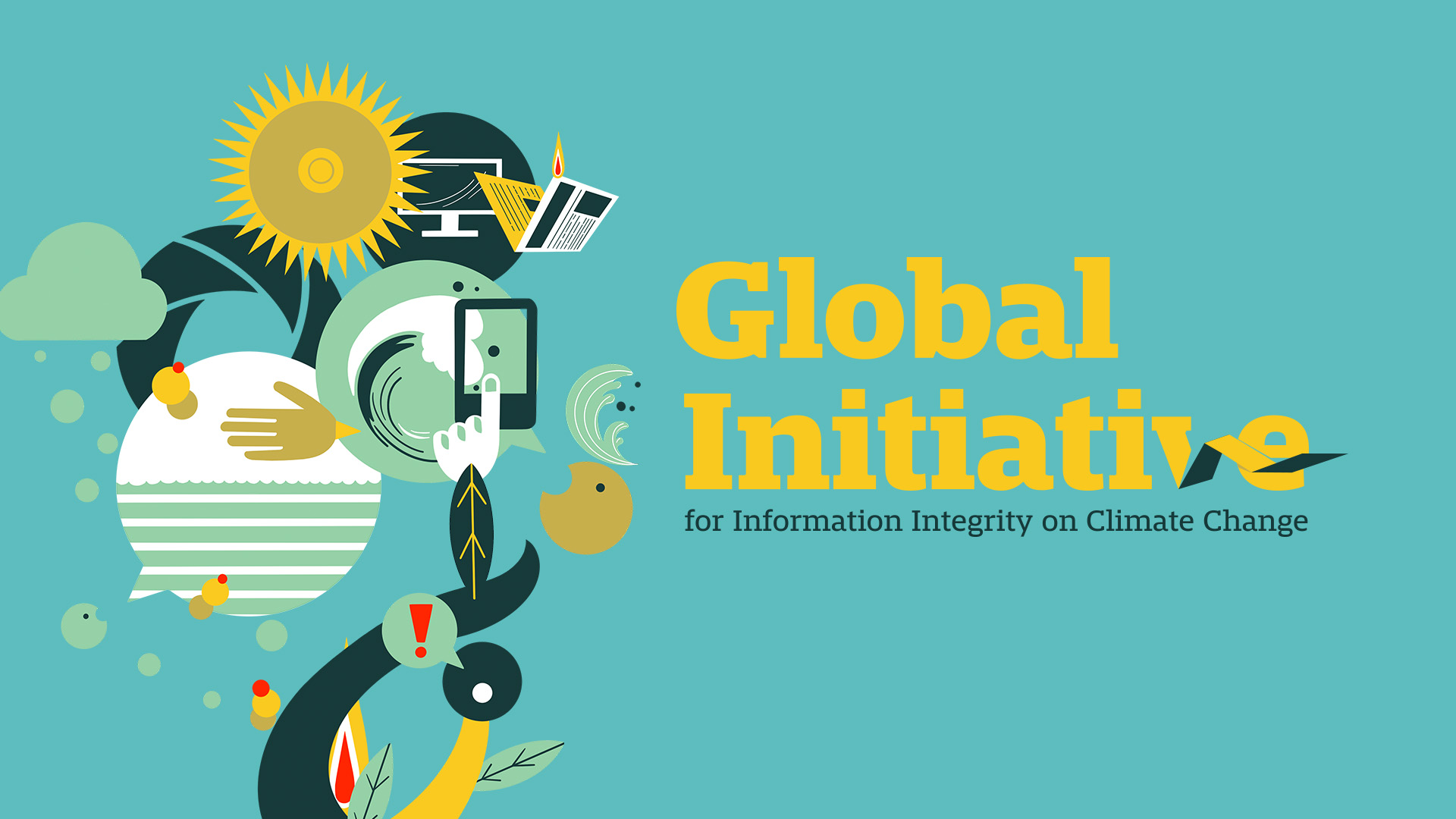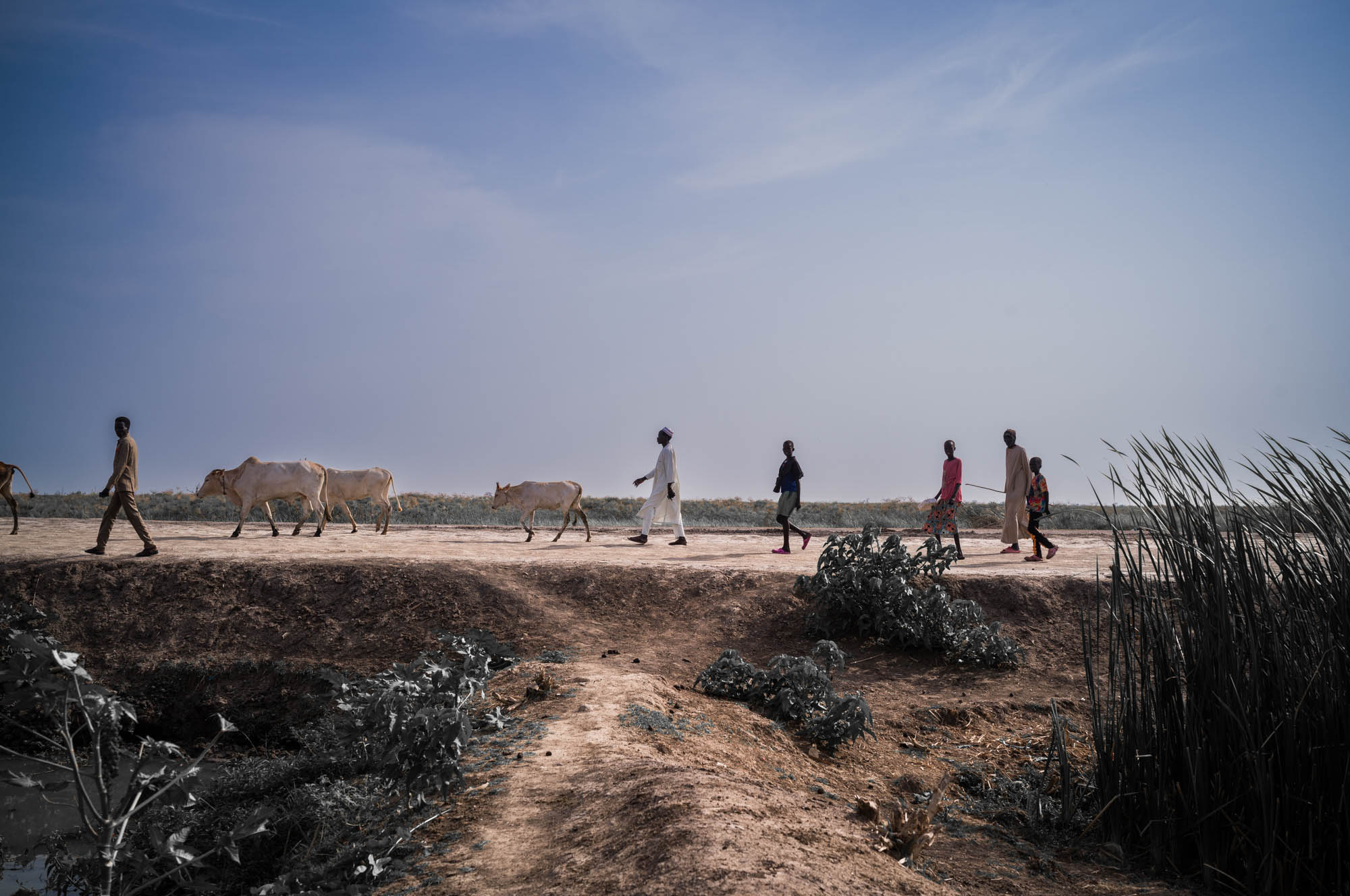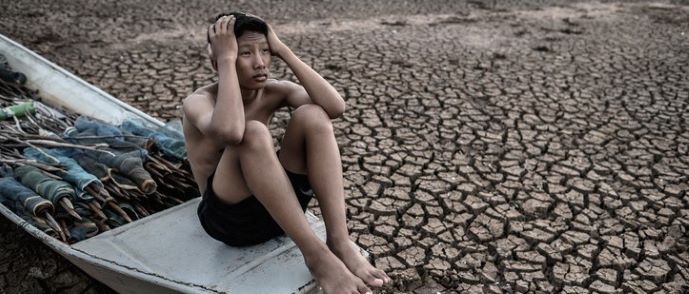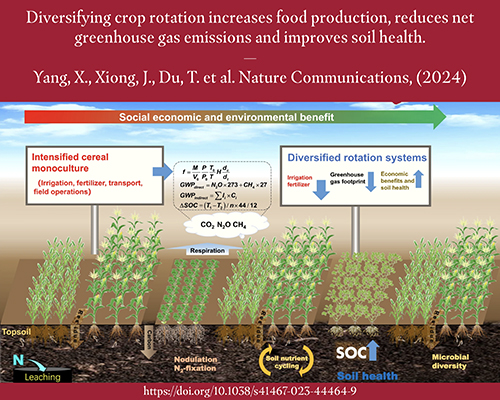Report on New Guidance for Banks on Climate Adaptation and Resilience
Introduction
A new guidance document under the Principles for Responsible Banking (PRB) has been launched to assist financial institutions in integrating climate adaptation and resilience (A&R) into their core business strategies and risk management frameworks. This initiative directly supports the achievement of SDG 13 (Climate Action) by providing a practical roadmap for the banking sector to address the escalating physical risks of climate change.
The Imperative for Action: Aligning with Sustainable Development Goals
With global temperatures rising, the frequency and intensity of extreme weather events are increasing. These impacts pose a significant threat to communities, infrastructure, and economies, undermining progress on several Sustainable Development Goals. The guidance recognizes the unique position of banks to steer capital towards solutions that build a more resilient future.
- SDG 11 (Sustainable Cities and Communities): Banks can finance resilient infrastructure and real estate, protecting urban and rural populations from climate shocks like floods and wildfires.
- SDG 2 (Zero Hunger): By supporting A&R in the agriculture and food sectors, banks can help secure food supplies and protect the livelihoods of farmers against droughts and other climate-related disruptions.
- SDG 9 (Industry, Innovation and Infrastructure): The financial sector’s role is critical in funding the innovation and development of resilient technologies, products, and services across the real economy.
A Strategic Framework for Implementation
The report, titled “Practical Guidance on Implementing Adaptation and Resilience for Banks,” is structured around the UN Principles for Responsible Banking Journey. It provides a clear framework for banks to systematically embed A&R considerations into their operations. This framework is centered on three key pillars, fostering a holistic approach that aligns with SDG 17 (Partnerships for the Goals) by mobilizing private finance for sustainable development.
Core Areas of Focus
- Strategy: Involves qualifying and quantifying the materiality of physical climate risks and identifying the corresponding opportunities in adaptation and resilience.
- Assessment: Focuses on defining a clear bank-wide strategy to manage identified risks and strategically pursue A&R opportunities.
- Action: Details the implementation of the strategy through concrete measures, including client engagement, updated policies, revised internal processes, and effective governance structures.
A Progressive and Sector-Informed Approach
The guidance promotes a progressive implementation model, allowing banks to advance their A&R practices based on their organizational capacity, resources, and data availability. This ensures that institutions at all stages of their sustainability journey can take meaningful steps.
Levels of Practice
- Getting Started: Foundational steps for banks beginning to address A&R.
- Responsible Practice: Integration of A&R into regular business operations.
- Leading Practice: Advanced and comprehensive integration of A&R across the organization.
While the guidance is broadly applicable, it uses the real estate and agriculture & food sectors for concrete illustrations, directly addressing the resilience challenges central to SDG 11 and SDG 2. Banks are encouraged to adapt the core methodologies to their specific portfolios, thereby contributing to economy-wide resilience and supporting SDG 8 (Decent Work and Economic Growth).
Ensuring Long-Term Effectiveness
The report emphasizes the importance of continuous improvement. It recommends establishing feedback loops and iterative refinement processes to ensure a bank’s A&R approach remains effective and responsive to new insights and evolving climate science. This commitment to ongoing enhancement is crucial for making a sustained contribution to SDG 13 (Climate Action) and the broader 2030 Agenda for Sustainable Development.
Identified Sustainable Development Goals (SDGs)
SDG 13: Climate Action
- The article is centered on climate change, specifically focusing on helping banks “incorporate climate adaptation and resilience (A&R) into their risk frameworks and business strategies.” It directly addresses the need to combat the impacts of climate change, such as “extreme weather events, floods, landslides, wildfires and droughts, alongside chronic climate impacts like rising sea levels.”
SDG 11: Sustainable Cities and Communities
- The guidance uses the “real estate” sector to provide “concrete illustrations and detailed scenarios.” By promoting resilience in real estate, the initiative contributes to making cities and human settlements safer and more resilient to climate impacts.
SDG 2: Zero Hunger
- The article explicitly states that the guidance was informed by the “agriculture & food sectors.” This highlights a direct connection to ensuring food security and promoting sustainable, climate-resilient agricultural practices.
SDG 9: Industry, Innovation and Infrastructure
- The article notes that banks are positioned to “finance the technologies, products, and services that enable people, businesses and nature to become more resilient.” This supports the development of resilient infrastructure and fosters innovation in climate adaptation solutions.
SDG 17: Partnerships for the Goals
- The initiative itself, led by the Principles for Responsible Banking (PRB), is a partnership between the UN and the banking sector. The article describes a collaborative effort to create and disseminate a “roadmap and the resources to support bank action on climate adaptation and resilience,” mobilizing private finance for global goals.
Specific SDG Targets
SDG 13: Climate Action
- Target 13.1: Strengthen resilience and adaptive capacity to climate-related hazards and natural disasters. The article’s core purpose is to provide a “roadmap” for banks to manage climate risks and support their customers to “become more climate resilient” against hazards like floods and droughts.
- Target 13.2: Integrate climate change measures into policies, strategies and planning. The guidance helps banks integrate A&R into their corporate “Strategy,” “Assessment,” and “Action,” including “policies, processes, and effective governance.”
SDG 11: Sustainable Cities and Communities
- Target 11.5: Significantly reduce the number of people affected and decrease the direct economic losses caused by disasters. By applying the guidance to the “real estate” sector, banks can help reduce the economic and social impact of climate-related disasters on urban environments.
SDG 2: Zero Hunger
- Target 2.4: Ensure sustainable food production systems and implement resilient agricultural practices. The article’s focus on providing “detailed scenarios” for the “agriculture & food sectors” directly supports the implementation of agricultural practices that can adapt to climate change and extreme weather.
SDG 9: Industry, Innovation and Infrastructure
- Target 9.1: Develop quality, reliable, sustainable and resilient infrastructure. The article mentions that banks can “finance the technologies, products, and services” that build resilience, which is fundamental to developing and upgrading infrastructure to withstand climate impacts.
SDG 17: Partnerships for the Goals
- Target 17.17: Encourage and promote effective public, public-private and civil society partnerships. The Principles for Responsible Banking initiative, which launched the guidance, is a prime example of a public-private partnership (UN and banks) designed to leverage private sector resources and strategies for sustainable development.
Implied Indicators for Measuring Progress
For SDG 13 (Climate Action)
- Number of financial institutions with integrated A&R strategies: The article encourages a progressive approach with levels from “Getting started” to “Leading practice.” The number of banks adopting and advancing through these stages would be a key indicator of institutional capacity building.
- Volume of finance for adaptation and resilience: An implied indicator is the amount of capital banks direct towards “A&R solutions” and financing “technologies, products, and services that enable people, businesses and nature to become more resilient.”
- Quantification of physical climate risk: The guidance calls for “qualifying and quantifying physical climate risk materiality.” The development and application of these metrics by banks would serve as an indicator of progress.
For SDG 2 & SDG 11 (Zero Hunger & Sustainable Cities)
- Value of resilient financing in key sectors: The article specifies the “real estate and agriculture & food sectors.” An indicator would be the total value of financing and investment directed towards projects in these sectors that meet defined climate resilience criteria.
For SDG 17 (Partnerships for the Goals)
- Number of banks implementing the guidance: The uptake of the “Practical Guidance on Implementing Adaptation and Resilience for Banks” by financial institutions serves as a direct indicator of the partnership’s reach and effectiveness.
Summary of SDGs, Targets, and Indicators
| SDGs | Targets | Indicators |
|---|---|---|
| SDG 13: Climate Action | 13.1: Strengthen resilience and adaptive capacity. 13.2: Integrate climate change measures into policies and strategies. |
– Number of banks adopting and implementing A&R strategies. – Volume of finance directed to A&R solutions. – Quantification of physical climate risk in bank portfolios. |
| SDG 11: Sustainable Cities and Communities | 11.5: Reduce economic losses and people affected by disasters. | – Value of financing for climate-resilient projects in the “real estate” sector. |
| SDG 2: Zero Hunger | 2.4: Implement resilient agricultural practices. | – Value of financing for climate-resilient projects in the “agriculture & food sectors.” |
| SDG 9: Industry, Innovation and Infrastructure | 9.1: Develop sustainable and resilient infrastructure. | – Amount of financing for “technologies, products, and services” that enable resilience. |
| SDG 17: Partnerships for the Goals | 17.17: Encourage effective public-private partnerships. | – Number of banks participating in the Principles for Responsible Banking and utilizing the A&R guidance. |
Source: unepfi.org







